SECONDARY NEWS
From the Assistant Principal
Miss Kim Bailey
kbailey@arm.catholic.edu.au
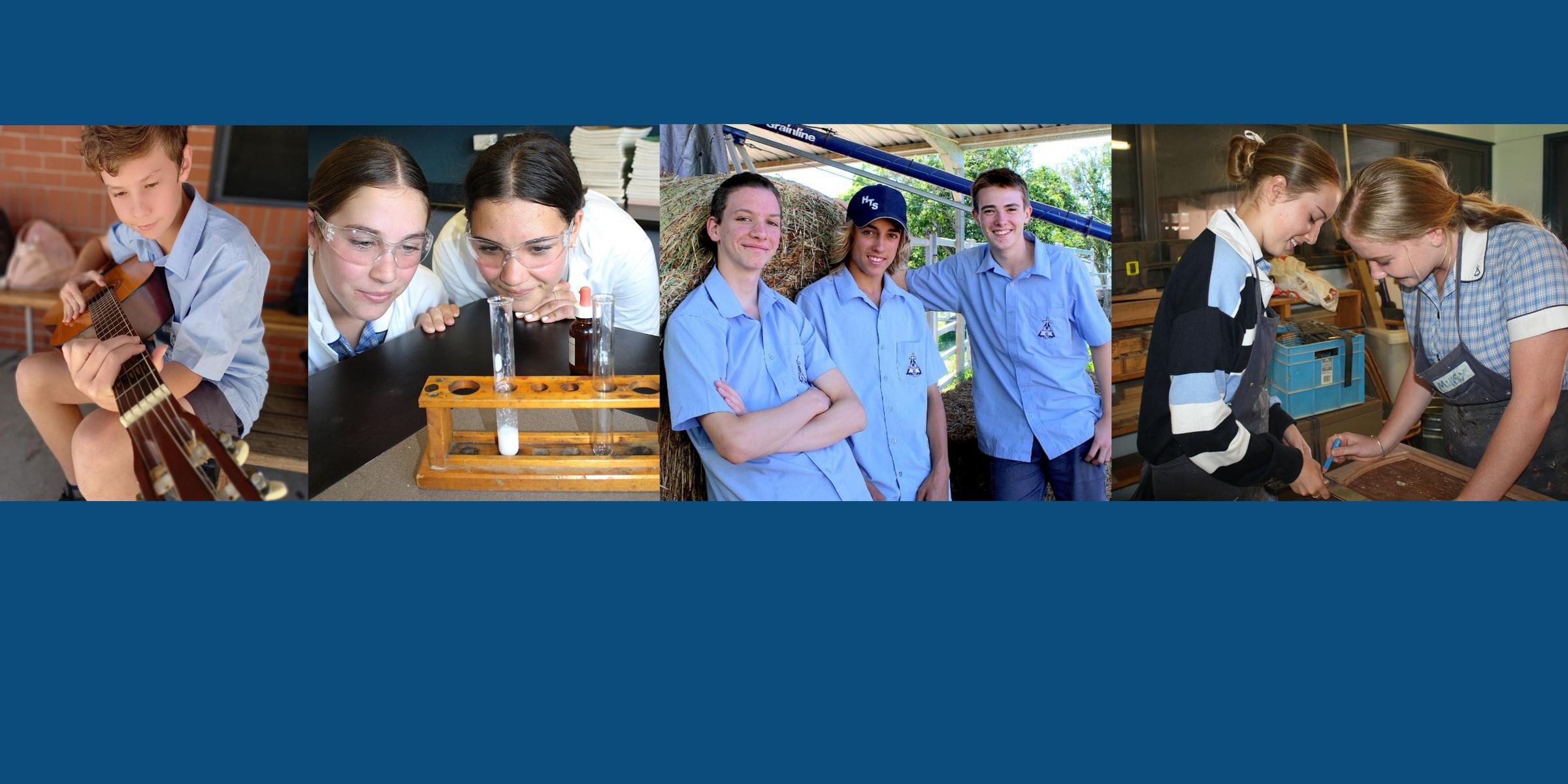
SECONDARY NEWS
From the Assistant Principal
Miss Kim Bailey
kbailey@arm.catholic.edu.au
Students in Years 7 - 10 will participate in the annual school swimming carnival on Wednesday. The House Captains have held meetings and are organising banners and posters to support their House. All students are reminded that participation is important as is attending the carnival and supporting their House.
Families are invited to attend the carnival.
Reminders
If you have any questions or concerns about your child's learning or wellbeing please make contact with Miss Bailey, your child's Pastoral Care teacher or their subject teacher. We are only too happy to assist.
Year 7:
7E - Mr Peter Ehsman
7G – Miss Alana Goldman & Mrs Malynda Hiscock
7M – Mrs Veronica McCormick
7S - Mrs Steph Marshall & Miss Sophie Hayden
Year 8:
8G - Mr Anthony Gaias
8M - Mrs Christine McLachlan
8T- Mrs Kathy Townsend
Year 9:
9C – Miss Claudia Cush
9E - Mrs Angela East
9U - Mr Uebergang.
Year 10:
10B - Miss Kim Bailey
10K - Mr David Koch.
Students and parents are encouraged to approach the relevant Pastoral Care teacher if they need assistance.
Miss Kim Bailey
Miss Claudia Cush
Mrs Angela East
Mr Peter Ehsman
Mr Anthony Gaias
Miss Alana Goldman
Mrs Mary-Jane Guest
Mrs Lee Grady
Miss Sophie Hayden
Mrs Malynda Hiscock
Mr David Koch
Mrs Stephanie Marshall
smarshall3@arm.catholic.edu.au
Mrs Veronica McCormick
Mrs Christine McLachlan
cmclachlan@arm.catholic.edu.au
Mr Matthew Pye
Mrs Jane Taylor
Mrs Katherine Townsend
Mr Blake Uebergang
Mrs Carrie Watchirs
Staff can be contacted directly using the email address above or via the Compass portal.
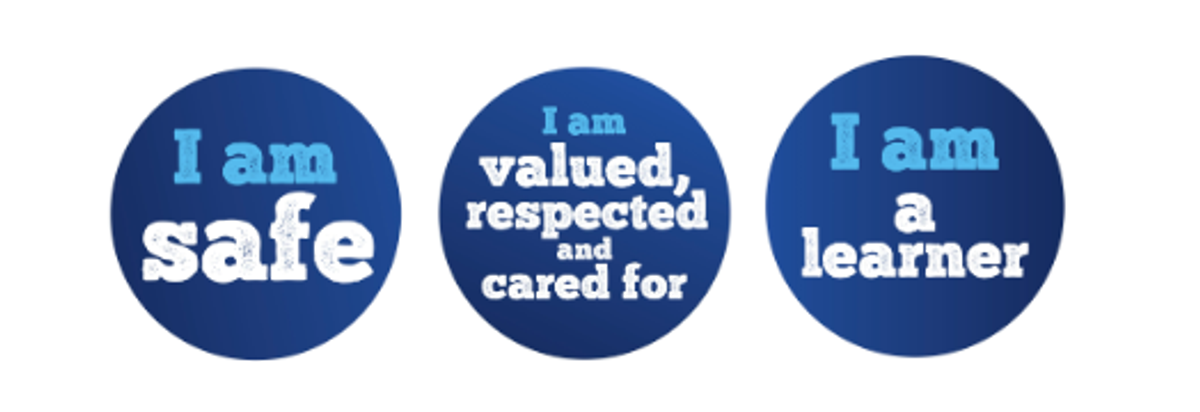

Pulse is a tool for measuring the week-to-week wellbeing and engagement of all our students. It tracks the wellbeing of an individual so that the school can respond if needed. It also tracks engagement with the school so we can make changes if necessary. There is more information in the attached flyer.
Students will check in each Tuesday during Pastoral Care.
Secondary students will continue to be reminded about the importance of following our Rules for Living in their daily interactions with all members of our school community. We encourage all families to also be familiar with these so conversations at home can support those had at school.
Reflection Sheets will be used in Secondary this year for students who are unable to follow our expectations for safe and productive behaviours and for those who continue to interrupt the learning of their classmates or the work of the teacher. Depending on the nature of the incidents, and their persistence, these reflection sheets may be sent home for families to sign. We thank you in advance for your support to ensure that our school is a place where all students can feel safe, valued, respected and cared for in an environment where learning is prioritised and valued.
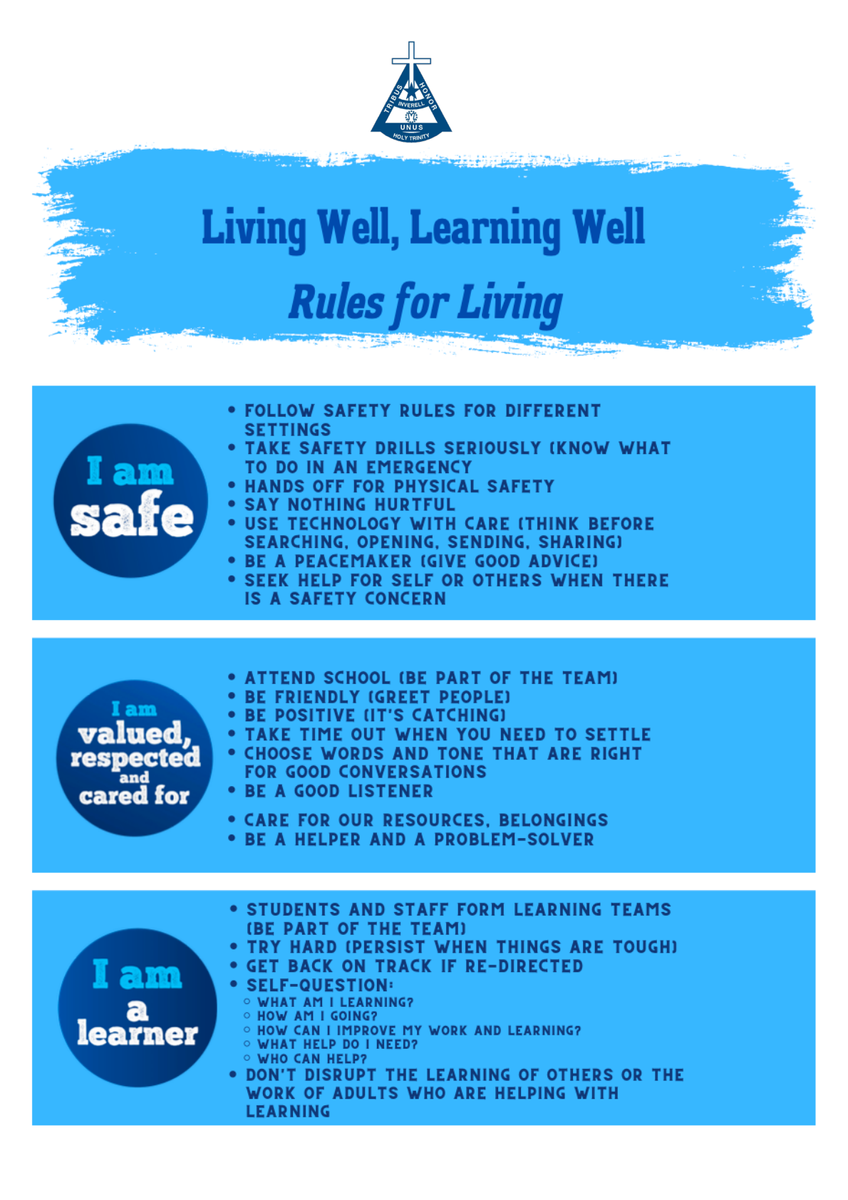

Pastoral Care teachers will be checking in with the students in their class each morning to ensure that they are Ready2Learn. All students have received the information below and were encouraged to show their families and discuss how to be Ready2Learn each day. Pastoral Care teachers will be able to help students start the day in a positive way. Please ask your child about this and support them to be Ready2Learn.
Students are being asked to ensure that they understand these elements and have all their equipment and uniforms by the start of Week 6. The infographic also outlines what to do if there is a problem with doing this and who you can go to for assistance.
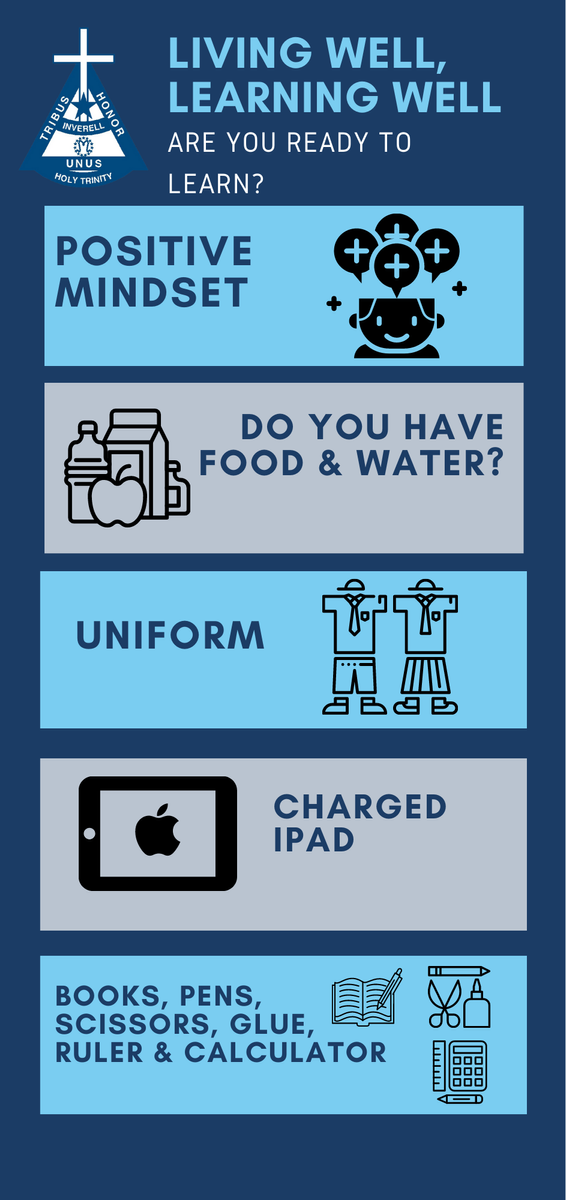
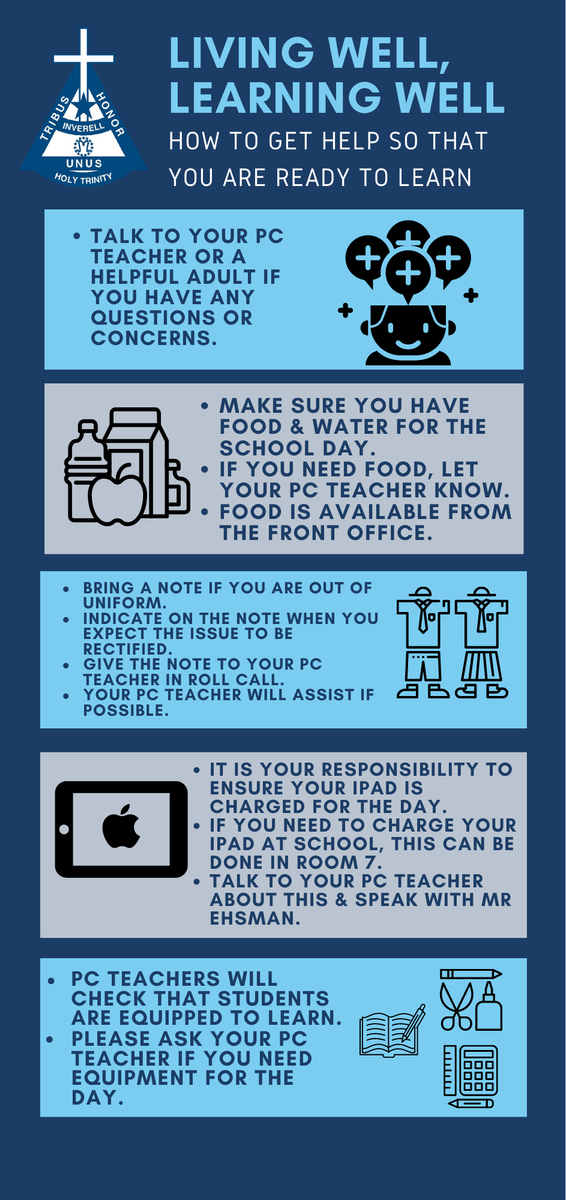


Students are not permitted to use their devices unless instructed by a teacher. This includes both the classroom and the playground. The students are aware of this policy and receive constant reminders in Pastoral Care, their teaching classes and there are also many posters displayed all around the school.
If a student needs to use their device they must first seek permission from a teacher and use it in an area designated by the teacher. This is usually under their direct supervision or outside the Secondary staffroom.
If students are unable to follow this policy then their phone is confiscated and placed securely in Miss Bailey's office where it is collected by the student at the end of the school day.
Teachers record each time a device has been confiscated. After the device has been confiscated for a second time, the device remains at school until it can be collected by a parent/carer.
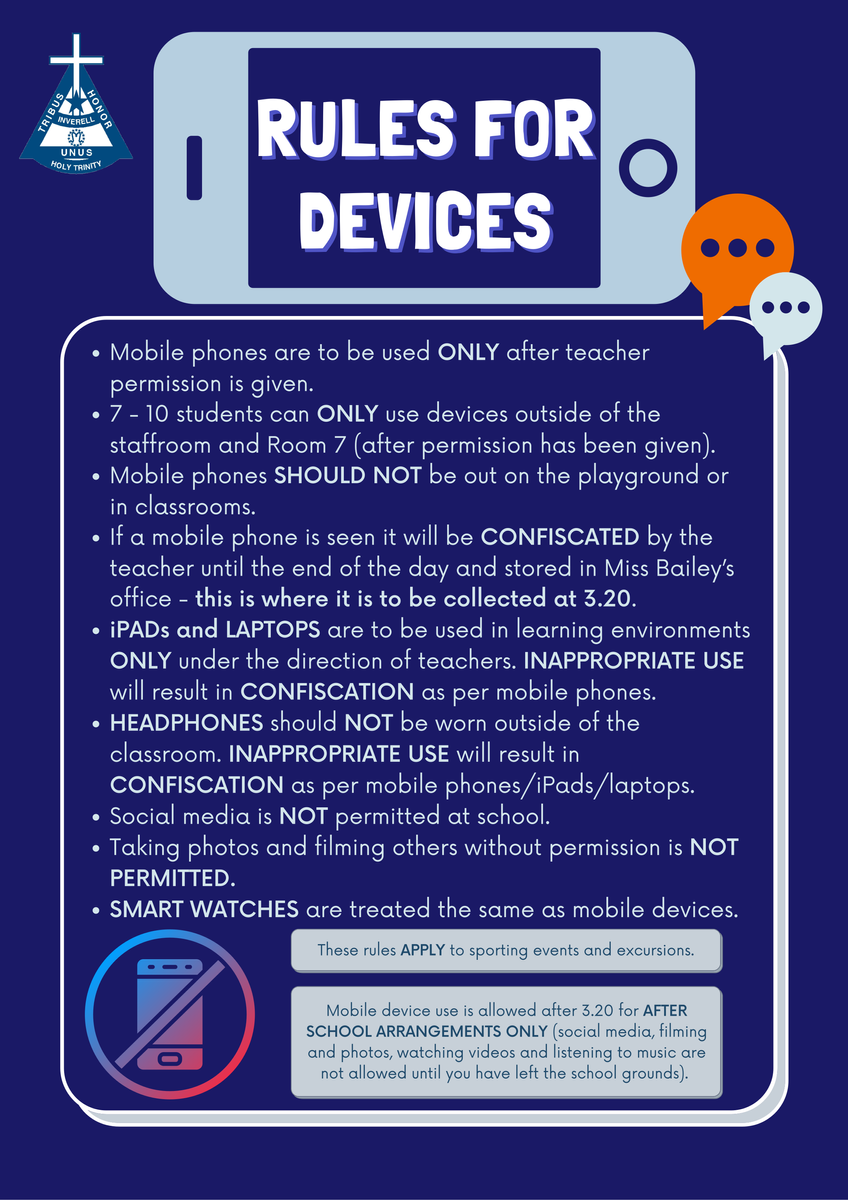

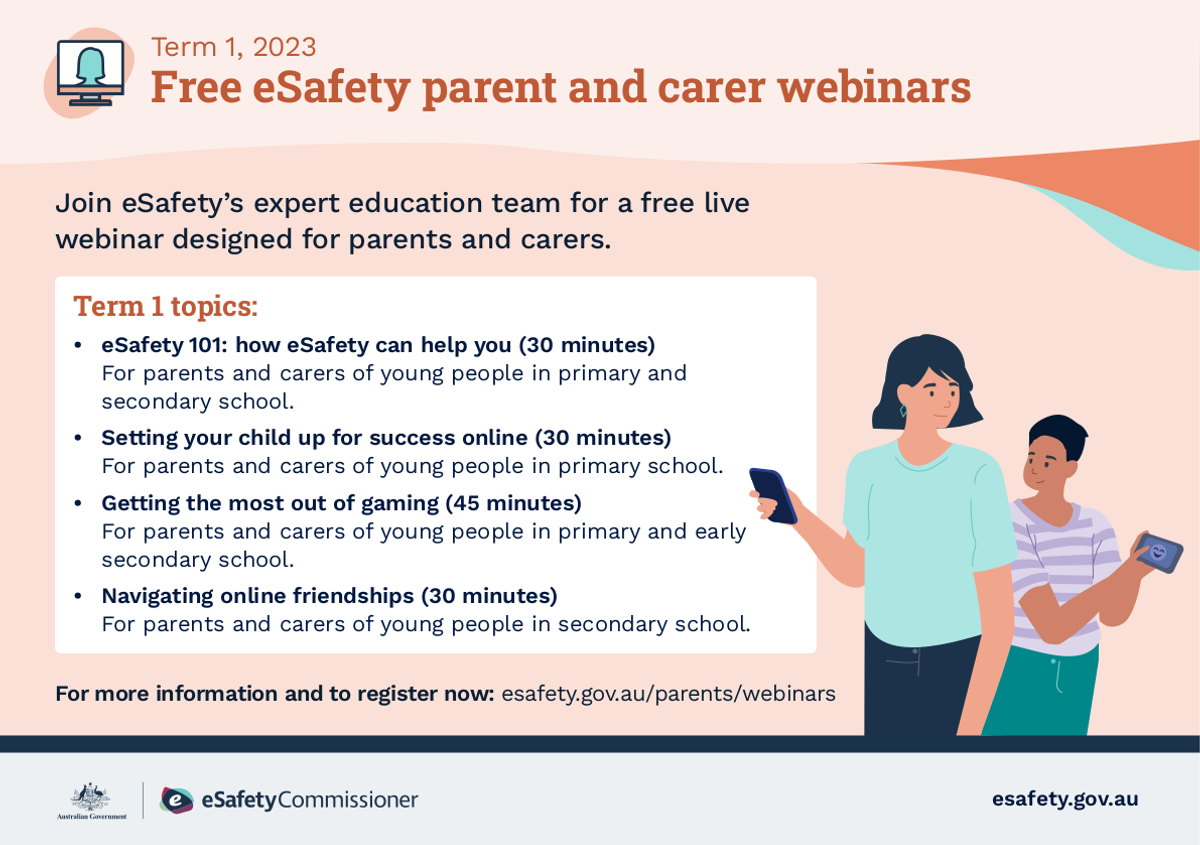


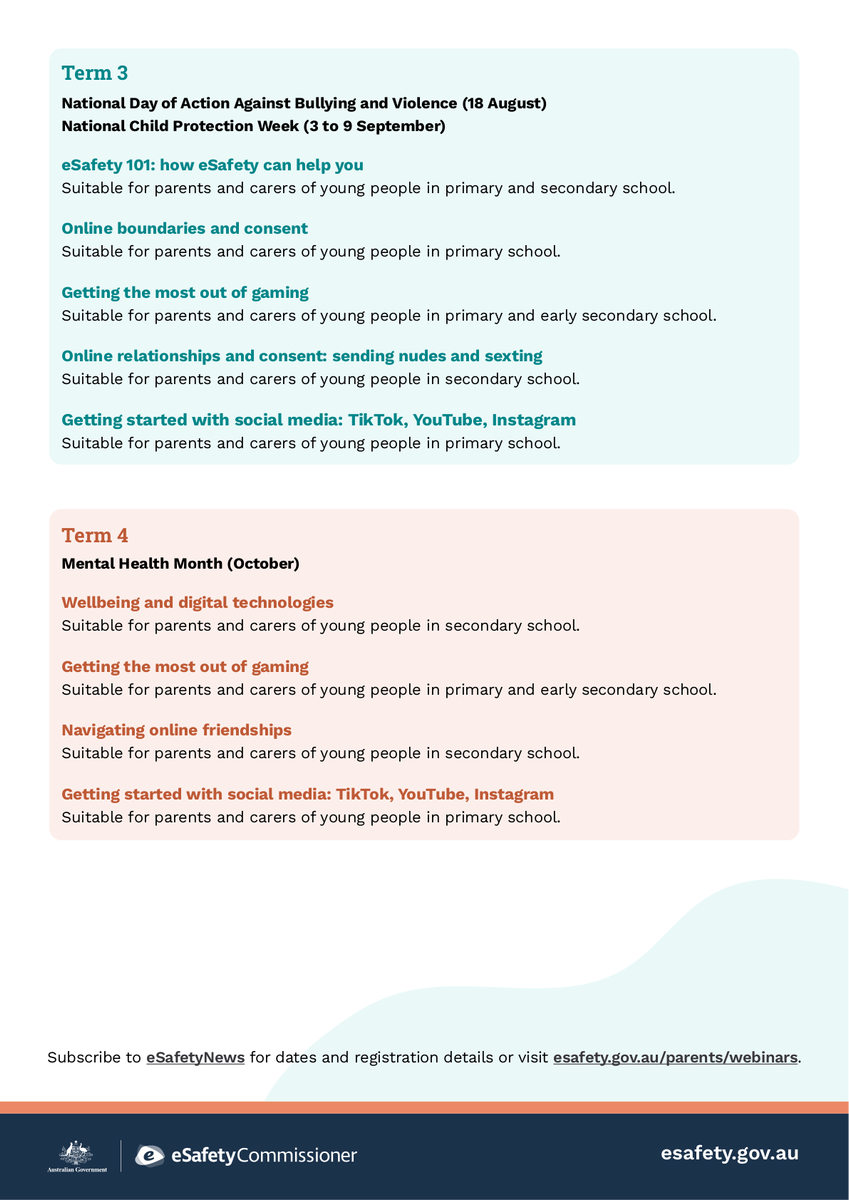


Conversations were held last year with SRC members, parents and staff and as a result, there have been some changes to the presentation expectations for students.
Uniform is a part of being Ready2Learn and staff are happy to assist if required. It is expected that all students will have made themselves and their families aware of the changes and any issues will be sorted out by the beginning of Week 6.
Hair
Haircuts should be neat and of natural colour. Unacceptable styles include but are not limited to: motifs cut into the hair, dreadlocks, cuts under Number 2 blades, rats tails and unnatural colours. Hair that is shoulder length or long enough should be tied back for safety reasons. Hair accessories such as ribbons, scrunchies, headbands etc should be discreet and in the school colours of blue or white.
Jewellery
Should be kept to a minimum
Unadorned plain stud earrings - no more than 3 per ear.
A discrete nose piercing - stud only, rings not permitted.
A simple chain such as a sacramental crucifix worn under the uniform
One bangle/bracelet/ring/watch
Other visible body piercing or tattooing are not permitted.
For safety reasons, students may be asked to remove jewellery for physical education and other practical activities; therefore, it should be kept to a minimum and preferably not worn on sports days.
Nails/Makeup
Makeup should be minimal and natural only.
Nails should be short and natural polish only (this also includes artificial nails).
Shoes
All students are required to wear enclosed black leather or strong vinyl school shoes. Shoes should have substantial soles (ie, a thumb tack would not cause injury to the wearer). Shoes should have laces or a buckle or a similar mechanism. Riding boot style black boots are acceptable in the early years. High-top shoes are not acceptable. Slip-on shoes such as ballet flats and canvas shoes are not acceptable. On sports days, students are required to wear supportive sports shoes. They should have laces or a similar mechanism.
Socks
Plain grey and plain white ankle socks (no logos or motifs) are acceptable except on formal school occasions, such as school representation and school photos.
Uniform is monitored regularly by class teachers, Pastoral Care teachers and the Leadership Team. A dated note from families is required if a student is not in the correct uniform advising when the uniform will be able to be rectified. This is to be given to the Pastoral Care teacher (Secondary) in the morning.
Where the school is able to assist, we will endeavour to help the student correct the uniform eg, provide an elastic hair band, provide a container for excess jewellery, and give a spare school outerwear garment.
Consistent infringement or major breaches will result in families being contacted and students may:
The school will endeavour to work with families to keep the standard for uniform and presentation high.
Please contact Mrs Rainger if you have financial difficulties in relation to the uniform.
Students are repeatedly reminded about the importance of wearing a hat and sunscreen when outdoors. The SRC are actively encouraging this via their sun safety campaign.
The SRC will hand out raffle tickets to students in the playground throughout the week. The tickets will go into a raffle, to be drawn at whole school assemblies. The winning ticket will receive a canteen voucher.
Parents of students in Years 7 & 10 who wish to have their children vaccinated must complete the online consent forms. There is also a link to this information on Compass. If this is not completed prior to the day, students will not be able to receive vaccinations.
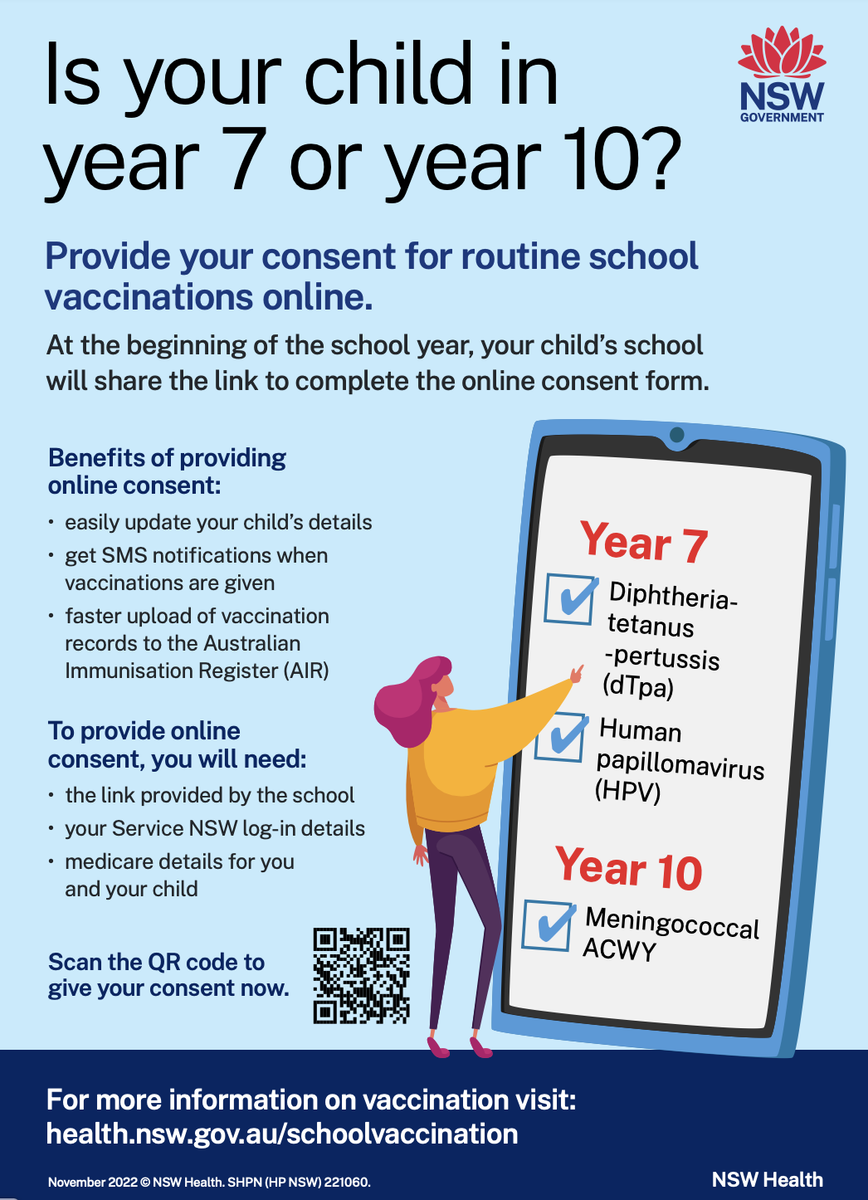

Year 7 will be asked to bring in their iPads on Thursday and Friday. Mr Ehsman will provide the students with more information about this process over the coming week.
With the beginning of the new year, it’s always a great time to reassess your academic approach. The key to making the most of this opportunity is focusing on the things which will bring the biggest return.
1. Simplify Your Organization System
Every student has an organisational system. True, the definition of “organization” may be looser for some students than others, but everyone has a way they stay organized (or attempting to).
Maybe you’re the “Type-A” student and you have a clearly defined system. You’ll know that you’re “Type-A” by the file folders you both own and use, the folded socks in your drawer, and all the lists by which you keep track of important information. You probably have a calendar, a planner, and you know exactly which clothing is clean and which is dirty.
But not everyone fits in such a naturally organized world. These students can be called “Type-B.”
If you’re a “Type-B” student, you’re not alone, but organization probably requires more effort. “Type-B” students tend to prefer “piling systems” to filing cabinets. Calendars often seem like too much work, so they’d rather just put everything in their backpacks and find it later. Students on the far end of the “Type-B” universe may even find themselves sorting laundry via the “smell check” method.
Regardless of whether you are a Type A or B student, though, one of the biggest difference-makers this year is your organization system. Few things will save time and improve academic performance the way an effective organization system will.
A great organization system has at its centre one goal: replace your brain.
The more organized you are, the less you have to think. Your organization system should be simple enough that you don’t have to make any decisions about where you put new assignments, where to find completed assignments, or what to do with graded assignments. You shouldn’t have to go through a mental checklist every time you study because your organization system does it for you.
The fewer decisions you need to make, the more your thoughts and energy can focus on things that matter. Consider these four questions to determine how simple your organization system is right now:
When you can answer each of these four questions without thinking, you’ll know that your organization system is simple enough to be a major asset this year.
2. Break the “Cram Cycle” Before it Starts
By the end of the semester, students often find themselves overloaded and overwhelmed, having to rely on cramming for final exams to get through to the break. They are exhausted and in survival mode. Thriving academically no longer matters. All that matters is the break at the end.
If you’ve ever felt this way, you’ve experienced what we call the “Cram Cycle.” Students get busy during the semester, which leads to exhaustion. When you’re exhausted, the only thing you want to do is zone out for a bit. After an afternoon of zoning, students are forced to put all their effort into completing assignments that are due tomorrow. We call this “cramming.” As students work on only that which is due tomorrow, long-term assignments pile up and create even more busyness, which leads to exhaustion, and the “Cram Cycle” begins to accelerate.
Most students only get out of the “Cram Cycle” when the semester ends.
But this year can be different. If you want to stay out of this dreaded cycle, commit yourself to do some independent learning at least five days a week, even when you don’t have anything due the next day. Use every day as a review day, spreading out your study sessions for big tests and projects across multiple days instead of letting them pile up. This approach takes more effort initially to create these habits, but you’ll reap the benefits when you’re free of the “Cram Cycle” and the stress that follows it come finals season.
3. Supercharge Retention with Scientifically-verified Study Strategies
Everyone knows that taking notes is a good idea. Reading your textbooks seem like a great thing to do. And you’ve probably learned that it’s best to have a consistent place to study, one which is quiet, clean, and comfortable enough (but not TOO comfortable).
But what are the strategies that have been scientifically verified to boost your retention?
One of the best things you can do is to take a break in the middle of your study sessions. In one study psychologists wanted to find out whether there was any difference in “spacing” a study session (this means taking a break in the middle) or “massing” instead (which means that you hammer it out all at once).
The researchers took two randomly chosen, equal groups of students, gave them the same amount of study time, gave them the same material, and tested them on the material afterwards. The only difference was that one group took a short break in the middle and the other group didn’t. The results were incredible.
The group that studied with “spacing” did 50% better than the group that studied with “massing.” That means in the same amount of study time, you could potentially boost your retention by 50% by just taking a ten-minute break.